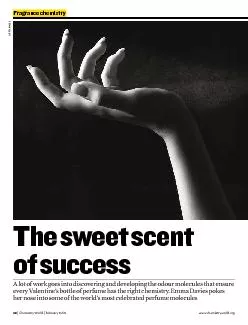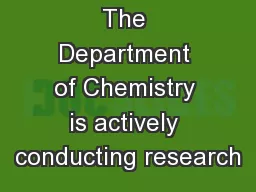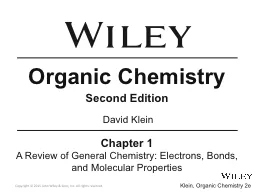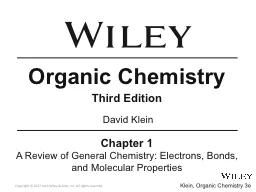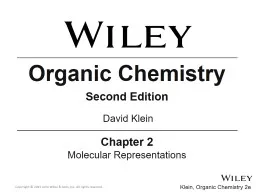PDF-Chemistry World
Author : pamella-moone | Published Date : 2017-03-03
February 2009 wwwchemistryworldorg The sweet scent of success A lot of work goes into discovering and developing the odour molecules that ensure every Valentinex2019s
Presentation Embed Code
Download Presentation
Download Presentation The PPT/PDF document "Chemistry World" is the property of its rightful owner. Permission is granted to download and print the materials on this website for personal, non-commercial use only, and to display it on your personal computer provided you do not modify the materials and that you retain all copyright notices contained in the materials. By downloading content from our website, you accept the terms of this agreement.
Chemistry World: Transcript
Download Rules Of Document
"Chemistry World"The content belongs to its owner. You may download and print it for personal use, without modification, and keep all copyright notices. By downloading, you agree to these terms.
Related Documents

